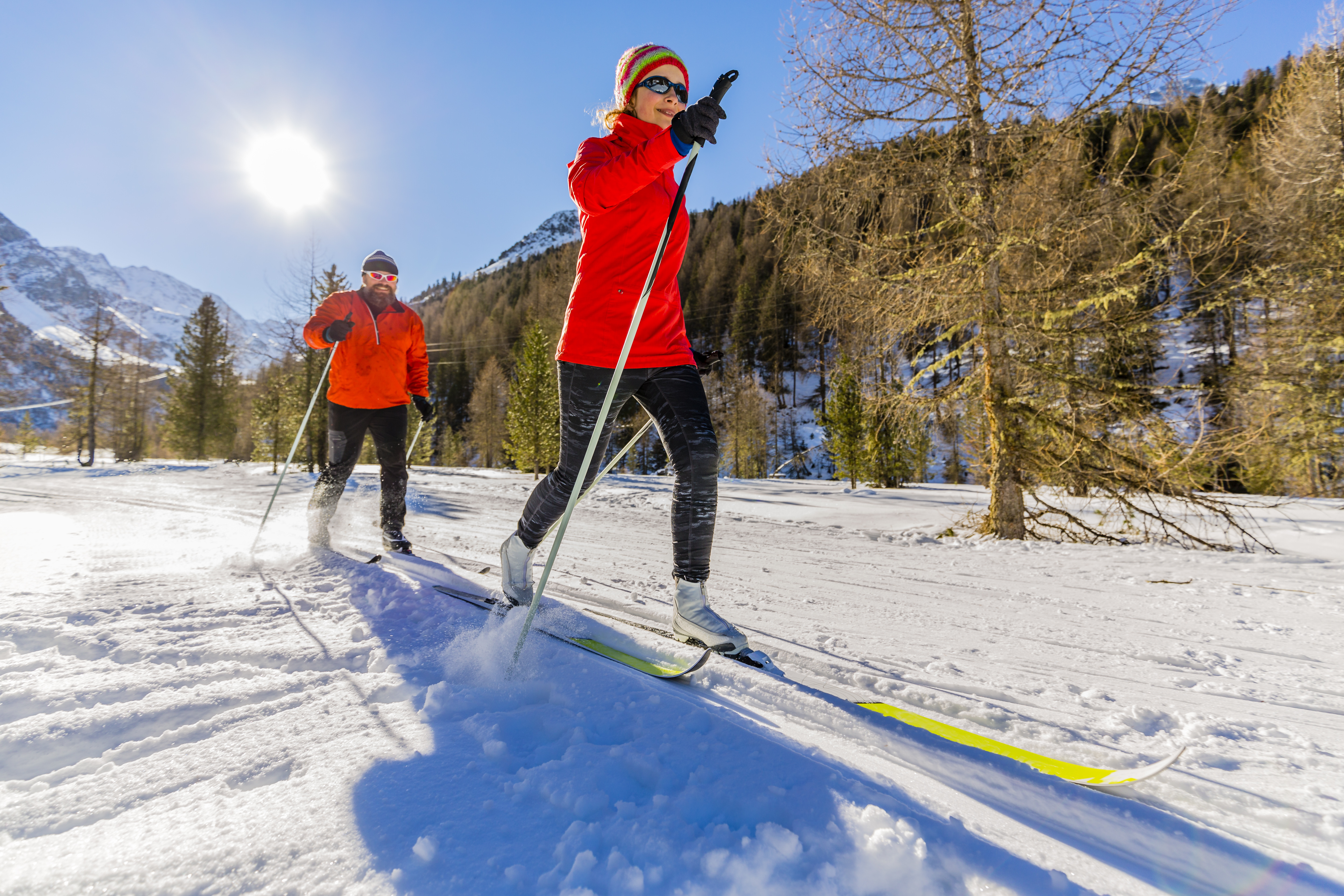Skiing and snowboarding are excellent ways to burn calories, build muscle, improve flexibility, and promote good mental health through exercise and fresh air during the winter months. However, there are also risks involved. This time of year, people are spending significant amounts of time out on the slopes, which means more skiing and snowboarding related accidents and injuries.
Most common injuries related to skiing and snowboarding
Skiing and snowboarding can lead to a wide range of injuries, including:
- Knee injuries: The amount of force and shock on the knees can cause injuries ranging from mild sprains to severe ligament tears and even fractures.
- Shoulder dislocations: Because skiers and snowboarders tend to put their arms out to stop their falls, the shoulders often bear the brunt of the impact.
- Wrist injuries: Fractures and other injuries to the wrist are common in these sports because of the athlete’s tendency to fall onto outstretched hands.
How skiing and snowboarding accidents occur
Injuries sustained by skiers and snowboarders can be traumatic, such as falls involving dangerous terrain, lift accidents and collisions. Fatigue can play a role in an injury, as being exhausted after a long day on the slopes can lead to poor judgment. Falling onto outstretched arms can cause wrist, elbow or shoulder injuries. Injuries to the lower extremities often occur because of a fall where the lower leg or knee becomes twisted.
How are skiing and snowboarding injuries treated?
The good news is that the majority of skiing and snowboarding injuries are minor, requiring only rest, immobilization and over-the-counter pain medications. However, more serious injuries may require more extensive treatment methods, up to and including surgery. Depending on the procedure, recovery may take just a few weeks or as long as six months – or even longer.
How can you prevent skiing and snowboarding injuries?
One of the most common causes of skiing and snowboarding injuries is malfunctioning or improper equipment. That might include bindings that are too tight or too loose, wrong equipment for the terrain, equipment of the wrong size, and a lack of preventive equipment, such as helmets.
It is also essential for winter athletes to remember basic safety precautions while out on the slopes, such as:
- Skiing at the appropriate level for you
- Drinking plenty of water throughout the day
- Resting periodically (every couple of hours, at least)
- Staying safe during inclement weather and adjusting your itinerary based on changing weather conditions
Finally, be sure to learn the right way to fall. If you know you are going to fall, just fall – do not put your arms or hands out to break your fall, as this action could lead to injuries of the upper
extremities. You can also attempt to absorb the impact of the fall by “tucking and rolling,” or rolling into the fall, which may disperse the force of the fall throughout your body and reduce the impact to any one spot.
If you have sustained a skiing or snowboarding injury and conservative treatment measures at home do not seem to be helping, contact Landa Spine & Orthopedic Center for an appointment.

